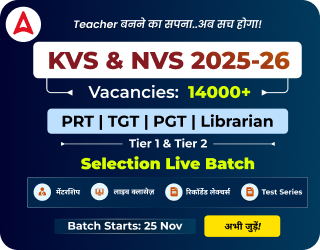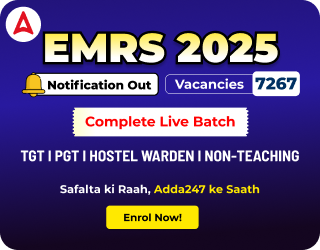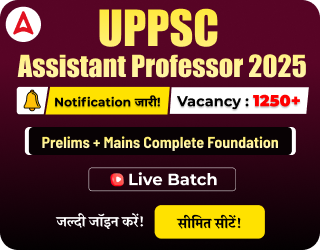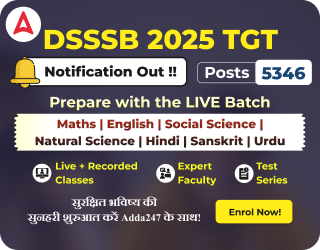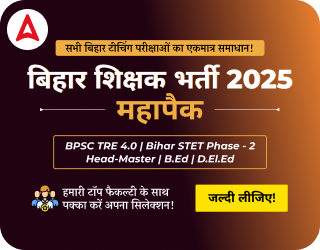Table of Contents
The Railway Recruitment Board (RRB) has announced the RRB Railway Teacher Vacancy 2025 under the Ministerial and Isolated Categories for Trained Graduate Teacher (TGT) posts, with the exam scheduled from 10 to 12 September 2025. As candidates prepare, it is important to understand the RRB TGT Qualifying Marks 2025, which set the minimum benchmark for progressing in the multi-stage recruitment process. The selection stages include a Computer-Based Test (CBT), Interview, Skill Test (if required), Document Verification, and Language Teacher Evaluation. The CBT consists of 100 objective-type questions carrying 1 mark each, with no negative marking. To advance, candidates must achieve the prescribed qualifying marks, which differ by category and play a key role in exam preparation and success.
What are the Qualifying Marks for RRB TGT 2025?
Preparing for the RRB Teacher Recruitment 2025 requires dedication and smart planning, and a key part of this is understanding the RRB TGT minimum qualifying marks. These marks set the baseline for moving ahead in the recruitment process and vary across categories to ensure fair selection. Candidates from the Unreserved (UR) and Economically Weaker Section (EWS) categories must score at least 40% in the Computer-Based Test (CBT), while the minimum is 30% for OBC (Non-Creamy Layer) and SC candidates, and 25% for ST candidates. For PwBD (Persons with Benchmark Disabilities) applicants, a 2% relaxation may be given if there are fewer candidates available for reserved posts.
While clearing the CBT is mandatory, it is only the first stage- candidates must also perform well in the Skill Test, Performance Test, and Document Verification. Unlike the CBT, there are no minimum qualifying marks for the skill and performance tests, as assessment is based entirely on performance. Meeting the qualifying marks makes a candidate eligible, but securing a final selection requires consistent excellence in every stage of the process.
| Qualifying Marks for RRB TGT 2025 | |
| Category | Minimum Qualifying Marks |
| Unreserved (UR) & EWS | 40% |
| OBC (Non-Creamy Layer) | 30% |
| SC | 30% |
| ST | 25% |
| PwBD Candidates | Relaxation of 2% (if reserved vacancies are insufficient) |
RRB TGT Normalisation Process
Candidates should remember that the RRB TGT Qualifying Marks 2025 are only the minimum eligibility criteria and clearing them does not guarantee selection. To secure a spot in the final merit list, aspirants need to score well above the cutoff. Since the RRB TGT 2025 exam will be held in multiple shifts, the normalization process will play an important role in ensuring fairness. This process adjusts scores to account for differences in difficulty across exam sessions, allowing all candidates to be assessed on the same scale. The normalized scores are then used to decide eligibility for the next stages, including the Skill Test, Performance Test, and Document Verification. To improve their chances of selection, candidates must aim for consistent, high-level performance throughout every stage of the exam.
Preparation Tips to Qualify for the RRB TGT Exam
To excel in the RRB TGT Exam, a focused, structured approach is essential. Here are five exclusive, highly effective tips that will help you stand out and secure your position.
- Master the Syllabus Thoroughly: Start by understanding the complete syllabus and break it down into manageable sections. Prioritize topics based on their weightage in previous exams and focus on mastering key concepts.
- Simulate Real Exam Conditions: Regularly take mock tests under timed conditions to build exam stamina and improve time management. It will help you get comfortable with the actual exam environment, reducing anxiety.
- Focus on Conceptual Clarity: Instead of rote learning, ensure you have a deep understanding of the concepts. This will help you tackle tricky questions and improve accuracy during the exam.
- Practice Previous Year Papers: Analyze previous years’ question papers to identify recurring question patterns and understand the level of difficulty. This will help you get a feel of the types of questions asked in the exam.
- Stay Consistent and Review Regularly: Consistency is key to success. Set aside dedicated time for revision every week. Regularly reviewing your progress will help you identify weak areas and improve them in time for the exam.

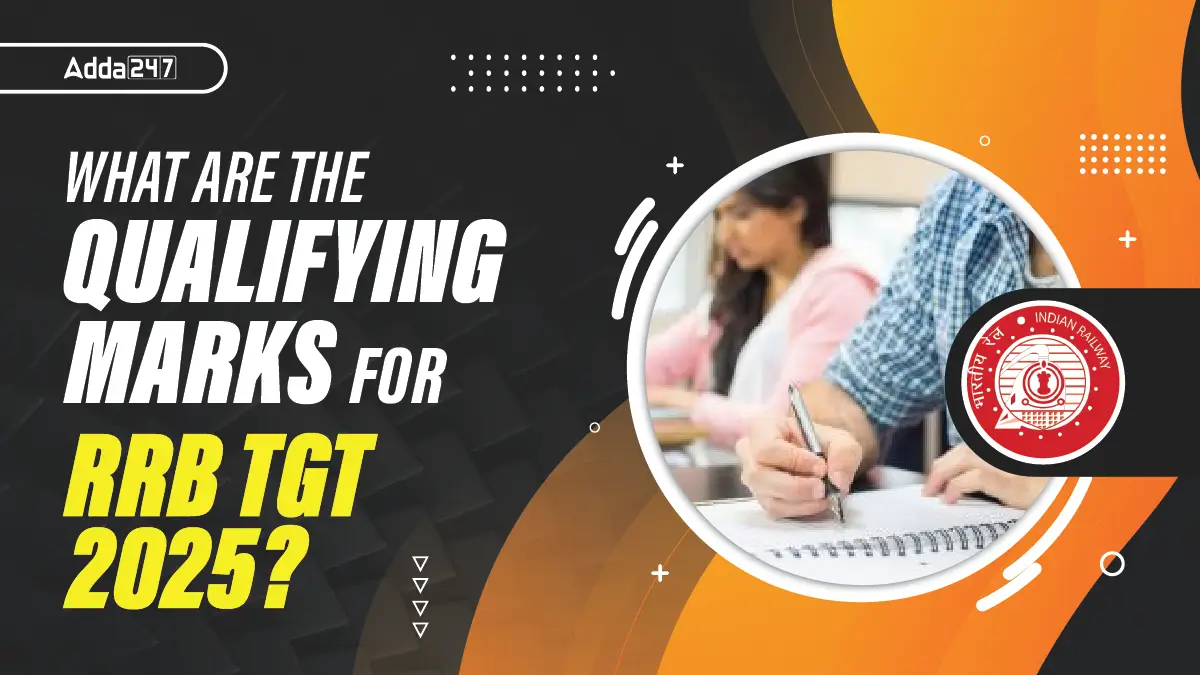


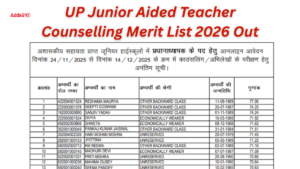 UP Junior Aided Merit List PDF 2026 Out,...
UP Junior Aided Merit List PDF 2026 Out,...
 HTET Exam Pattern 2025 For TGT PGT PRT S...
HTET Exam Pattern 2025 For TGT PGT PRT S...
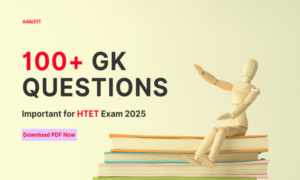 100+ Important GK Questions for HTET Exa...
100+ Important GK Questions for HTET Exa...
